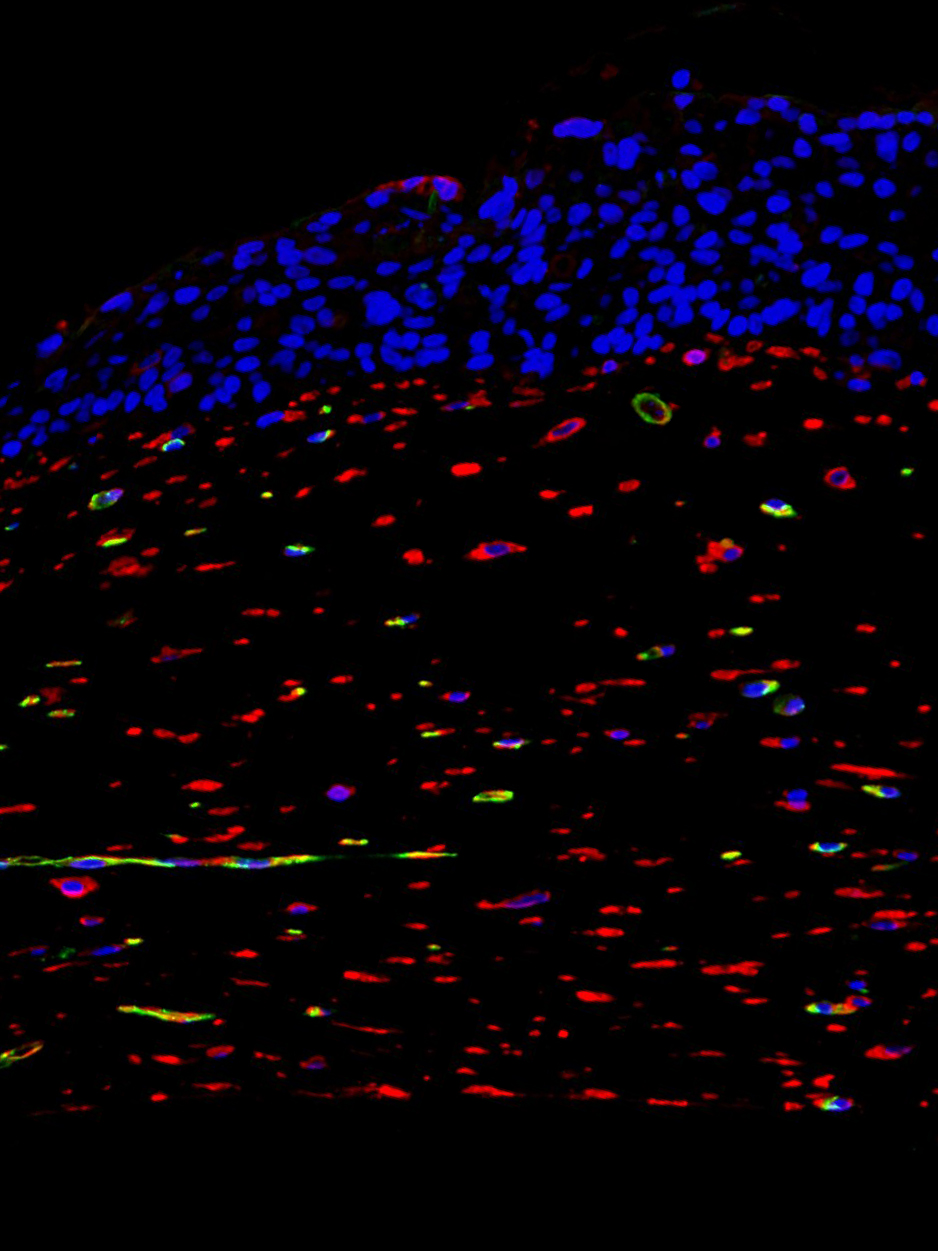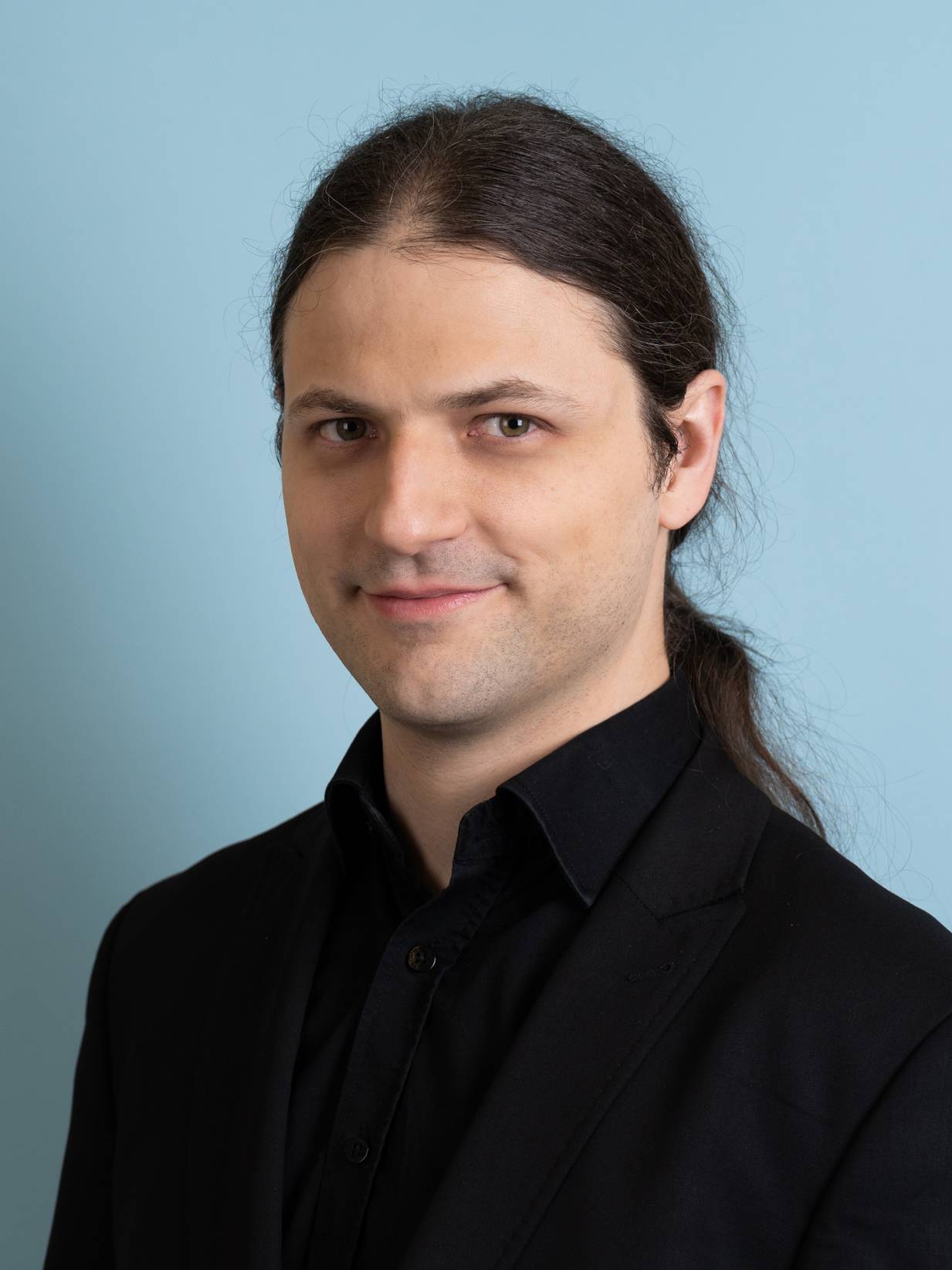VascuSKIN
Understanding the biological phenomena behind a skin’s response to injury is crucial to developing new treatments. In dermatology, the branch of medicine focused on the skin, research which focuses on wound healing and skin aging are of great interest.
Replacing animal models by in vitro research
The skin is an exceptionally complex tissue. Therefore, dermatology research relies heavily on studying the skin of laboratory animals, which brings with it significant ethical concerns. In addition, animal models have scientific drawbacks, such as biological differences between human skin and the skin of animals used in research, such as mice and rats. One solution to help reduce animal usage and focus on human anatomy is replacing animal models with artificial skin generated in the laboratory, so-called in vitro models made up of cells. Some simple artificial skin models already exist and are, for example, used to test the safety of cosmetic products. These models consist of a single cell sheet similar to the epidermis, the outermost layer of the skin. However, such a single sheet of cells is missing many essential parts of normal skin: for example, it is not as thick and lacks blood vessels. Thus, due to their simplicity, artificial skin models cannot answer most research questions of the field of dermatology.
Mimicking nature
In response to these issues, this project aims to develop a new, more complex and realistic artificial skin model designed to replicate the anatomy of human skin better than the currently available models. The model we plan to develop has an advantage over the currently used cell sheets: it will be thicker and include blood vessels. Rather than one sheet of cells, it will be made up of several sheets of cells. Underneath the top layer of epidermis, it will include cells found in the underlying layer called the dermis. The dermis itself consists of the connective tissue to make skin pliable, and blood vessels to deliver nutrients to all layers of the skin. As a result, the artificial skin we intend to generate can be supplied with nutrients through the embedded blood vessels. This type of nutrient delivery makes this new artificial model much more similar to the skin on the human body.
The project receives funding from the Lorenz Böhler Fonds (Project 6/21) as well as the Federal Ministry of Education, Science and Research together with FWF (P-35382-B). Thank you for your support!
Publications
Coming soon.




